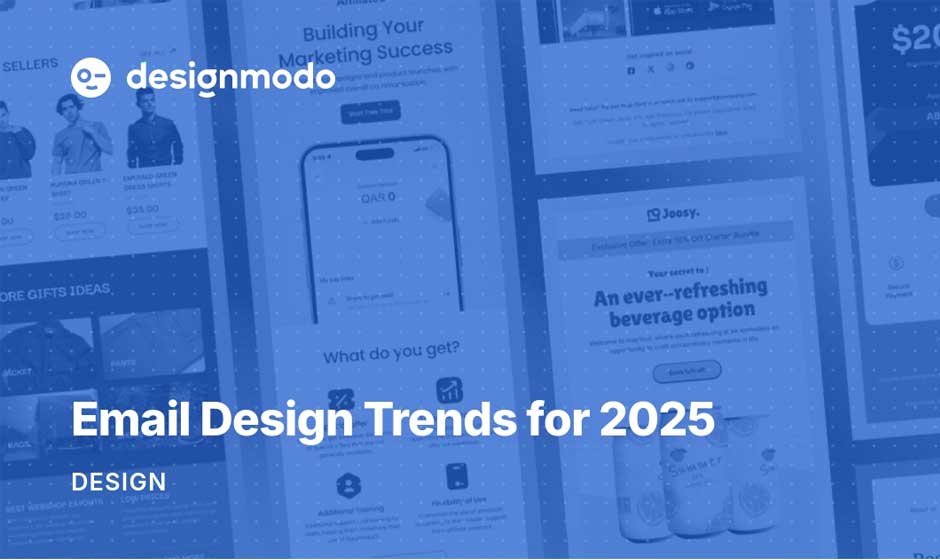Introduction
Open the article by addressing the digital saturation modern audiences face. In 2025, inboxes are busier than ever, and users decide within seconds whether to open, engage with, or delete an email. Emphasize how marketers can no longer rely on visually bloated, slow-loading designs. Instead, the winners are those who balance speed, aesthetics, and functionality. Set up the article’s promise: actionable tactics for building emails that load fast, look great everywhere, and drive results without weighing down inboxes or frustrating mobile users.
Why Lightweight, Fast-Loading Emails Matter More Than Ever
People’s inboxes are packed with sales alerts, newsletters, and notifications. With so much clutter, slow and heavy emails quickly get ignored or deleted. A long-loading email can hurt your brand’s image, lower open rates, and cause people to unsubscribe. For example, a brand like Netflix uses simple, clean designs with bold text and light images so their responsive email templates open fast and grab attention. Studies show over 70% of people check emails on their phones, where slow emails are even more frustrating. That’s why fast-loading, responsive email templates are now a must. If your email doesn’t load quickly and look good, chances are your audience won’t stick around to read it.
Start Mobile-First — Not as an Afterthought
For years, email designs were made for desktops first, with mobile fixes added later. But in 2025, this old way no longer works. Since over 70% of people now open emails on their phones, mobile-first design is the smarter, safer choice. This means starting with a clean, simple layout that looks great on small screens, then adjusting it for bigger devices. Using min-width media queries helps emails grow smoothly from mobile to desktop, instead of shrinking awkwardly the other way. Even business emails need this now because decision-makers check messages on the go. A mobile-first approach keeps emails fast, clear, and easy to read for everyone, no matter what device they’re using.
Keep Your Layout Simple, Clean, and Focused
In email design, simple layouts work best, especially in 2025’s busy inboxes. A clean, single-column layout with plenty of white space makes emails easy to read and faster to load. It also adjusts better on different screen sizes, from small phones to desktops. The best practice is to keep sections short, use bold headings, and place your call-to-action (CTA) button where it’s easy to find. Brands like Apple and Instagram use simple, bold designs with one clear message and minimal clutter. This helps readers quickly scan the content and act without feeling overwhelmed. A simple, focused layout isn’t boring — it’s smart and powerful.
Choose Visuals That Work Smarter, Not Harder
Smart visuals matter more than heavy ones. Big images and videos can slow down emails, making people leave before they load. Instead, use high-quality but lightweight images that are properly compressed to load quickly without losing clarity. Brands like Uber Eats use sharp food photos but keep file sizes small. Add alt text to images so the message stays clear even if pictures don’t load. Replace heavy images with bold text or simple color blocks when possible, and avoid too many animations or videos in one email. Smart, clean visuals keep emails fast and eye-catching without slowing them down.
The Secret Power of Personalization in Email Design
Personalization in emails means more than just adding a name. Smart brands use dynamic content blocks that show different images, messages, or offers based on what each person likes. For example, a sports store might show running shoes to one customer and hiking gear to another in the same email template. Tailored CTAs like “Get My Deal” feel more personal and get better clicks. The trick is to keep designs lightweight by using modular templates — small, flexible sections you can mix and match without slowing down the email. This way, personalization stays powerful and fast, giving every reader a message that feels made just for them.
Test Relentlessly, Optimize Continuously
Even the best email designs need constant testing. In 2025, inbox environments change fast, so it’s important to test every email before sending. Use preview tools and mobile emulators to check how your design looks on different screens. Run A/B tests to see which layouts, images, or CTAs get the most clicks. Also, regularly test how fast your emails load and check for display issues in popular email apps like Gmail, Outlook, and Apple Mail. The smartest brands test, learn, and tweak their designs often. This ensures emails stay sharp, responsive, and effective no matter how inbox trends evolve.
Conclusion
In 2025, the winning formula for email marketing is a balance between aesthetics and speed. Visually engaging designs matter, but only when paired with fast-loading, responsive layouts that work effortlessly across devices. Slow, bulky emails lead to missed opportunities and frustrated audiences. Marketers and developers should rethink outdated, heavy templates and shift toward lightweight, mobile-first, and modular designs. Prioritizing speed without sacrificing creativity ensures emails not only look good but also deliver a seamless, high-impact experience that audiences will engage with and act on.










